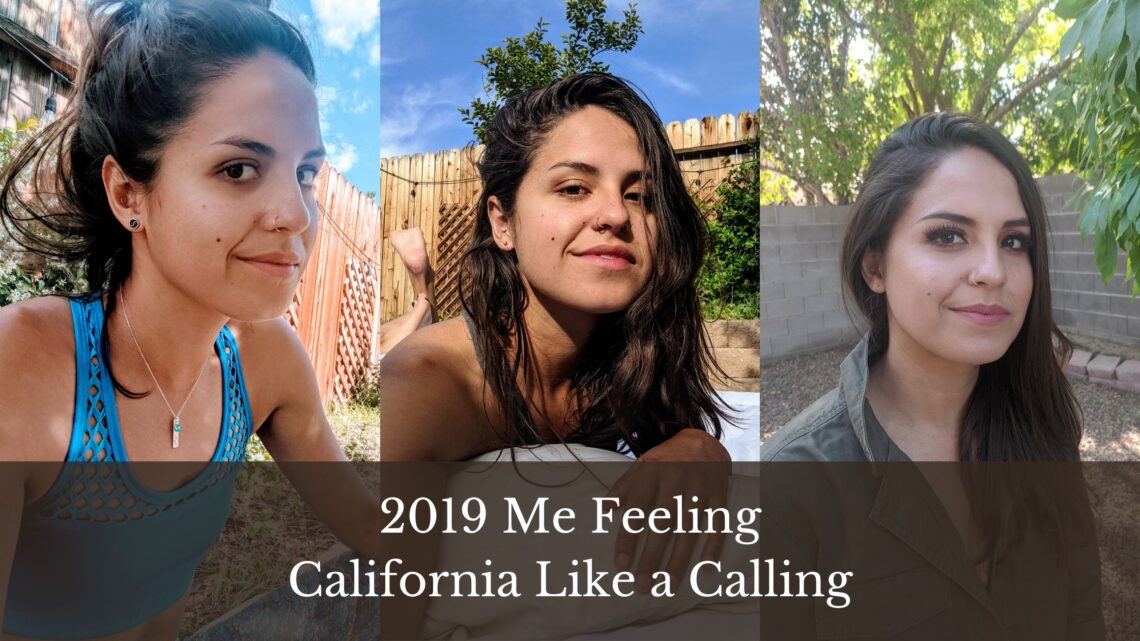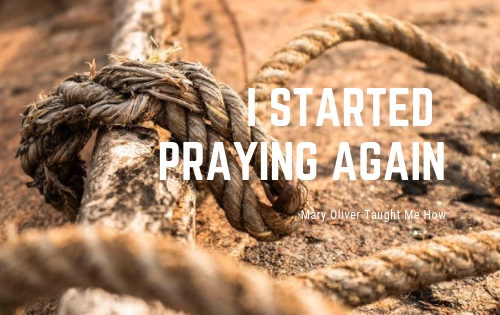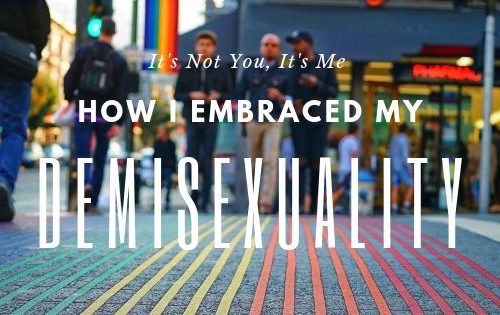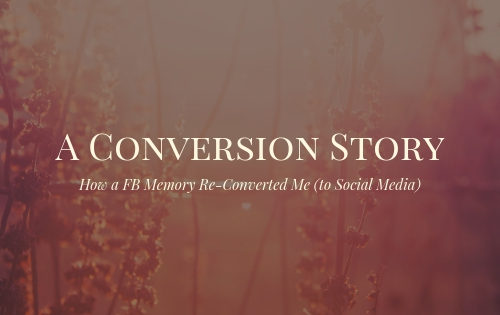
On Earthquakes, Essays, Publications, and Podcasts (and Missing California Me)
I’d just gotten out of the shower when the first earthquake hit. Wrapped in a towel and screaming my partner’s name, I ran wet into the hall where our roommates’ many replica classic paintings were pendulating like hula skirts on the walls. I made a beeline for the back door and sprawled out on the patio in the open air. My partner was in the kitchen when it hit and rushed to the archway between the kitchen and the dining room, following his instincts. He remembers me screeching past to the outdoors, where my instincts told me to go.
The shaking lasted a few more seconds, and the walls didn’t crumble. Once the world stilled, we checked in on each other. One of our roommates, a Ridgecrest native, coasted through the entire event on the toilet, practically unbothered. Quakes weren’t that uncommon around these parts, plus he was the sort who’s much more likely to underreact to things. Our fourth roommate had been in the kitchen with my partner, the two of them sharing the archway, and the dogs (three of them between the two couples that lived in the house) were fine. The power was out and would be for another 24 hours, but no one in our household at least was hurt.
Magnitude 6.4, we’d learn, but after the second quake hit the next day, a 7.1 on July 5, 2019, damages increased to $5 billion and there was at least one casualty. A man died under the Jeep he’d been working on.
When the 7.1 hit, we’d just left the local grocery store, where employees had just restocked all the inventory that had been shaken off the shelves the day before—the items that hadn’t shattered anyway. We were on the road home when the asphalt started rolling, street signs waving for attention like overzealous acquaintances at a party. Being in a car was a more serene, abstracted sensation than feeling the ground shake through my bare wet feet on bathroom tile.
Tremblor
I wrote about the experience the following year in a piece called “When the Ground Shakes,” which was published in an anthology by Torrey House Press in 2021. Blossom as the Cliffrose: Mormon Legacies and the Beckoning Wild also includes “jicama,” a poem I wrote about my dad. Both pieces came out of my experience moving to Ridgecrest, California, in 2017 and living there for 2.5 years. I’d been born there, but moved with my family to Utah when I was seven. By moving back to Ridgecrest as an adult, I completed a productive cyclical migration—it was there I’d finish writing, editing, and producing my dad’s brainchild (my brainsibling?), The Music of Pedro.
I wrote the first drafts of “When the Ground Shakes” the year after I finally launched The Music of Pedro in November 2019, after moving back to Utah yet again, and while reckoning with a subsequent depression. It was hard to be back, especially in the winter. My toes were soon inflamed from the cold, a condition I self-diagnosed as chilblains, just like the orphans described in Jane Austen’s Emma.1 After winter walks, I’d warm my aching swollen toe-nubs by the fireplace and miss California.
It was like I’d developed an allergy to the snow. Ridgecrest summers had changed my blood, and it was a change I had welcomed. If leaving Utah had been escape and liberation, return was regression, and my body rebelled.
A man I met while in Ridgecrest told me to dump my fiance and move to Los Angeles, and to go to grad school like he’d done. He was a retired high school English teacher I shared a 4-hour lunch with one day, during which he read my work and fed my ravenous hunger for acknowledgement and praise, for reassurance. It was the first and last time we met. We became Facebook friends, but he made it clear he didn’t think it would be appropriate for us to trade numbers. Those four hours of imagining a brave and sparkly literary future for myself were head-spinning though.
“People don’t want to hear from old white men like me anymore,” he’d said. It was my first time hearing something like that spoken without spite. “This is your time. Chase it.”
I wonder where he was when the quakes struck.
Mainshock
Trading spaces with the version of myself that refused to follow my then-fiance-now-spouse and his new job back to Utah—a version of myself who moved to LA instead to haunt open mics and write and find a way to survive while applying to grad schools—is a fantasy I dwell on about as much as I do the one in which I moved back East on a lacrosse scholarship after high school and discovered my atheism and bisexuality much sooner than I finally would.
The latter fantasy plagued me when I was the most unhappy in the Mormon marriage I’d entered as a teen. But the former fantasy doesn’t sting as much, because I’m still writing, and I’m still as happy with my current partner as I was when meeting him zapped my brain to attention. But I still haven’t done grad school, and I have more works in progress than I do publications or rejections (I’m not finishing or submitting the amount of work I want to be).
But that’s okay. I forgive myself. Because at this moment it’s 7PM on a Monday and I’m writing. I’m listening to Chappell Roan’s “California,” and I’m thinking about the earthquake that occurred today (July 29, 2024) where I used to live, and the two that shook the ground while I was there. I’m thinking about how it felt to write and submit When the Ground Shakes, how it felt to get the acceptance email, and then to work with a publisher, to see and feel my words in print again, in a new way.
We’d self-published The Music of Pedro, and it took everything out of me, learning as I went. I’m proud of the result, but publishing with Torrey House was a legitimizing exclamation mark at the end of a long sentence. In addition to the earthquakes, my essay was in part about the experience of writing the novel with my dad. It was about the themes of race and discrimination I’d uncovered in his first drafts, which I explored in greater depth in my rewrites. My essay was also about learning that one of my ancestors was an enslaved Aztec Indian—Andrea de la Cruz—who’d married the son of her enslaver, a de Cuebas Sossa from Spain, who is also my ancestor.
As a completed work, “When the Ground Shakes” is only the beginning of a critical analysis I hope to continue about Andrea, about my dad and the stories I’ve inherited, and about the experience writing The Music of Pedro. I’m still wrapping my head around it all.
Aftershock
As a result of the Blossom publication, I was invited to read an excerpt of “When the Ground Shakes”alongside readings by Diné poet and writer, Stacie Denetsosie, and writer and community organizer, Franque Michelle Bains, at the 2021 Utah Arts Festival in SLC. Then I agreed to a podcast interview by a guy who described himself as “not your average Mormon” in his bio.
Two other Blossom contributors were asked to join as well: Sarah Newcomb, who is Tsimshian of the First Nations from Metlakatla, Alaska, for her piece “Where Grandmother Walked,” and Michael McLane for his essay “If They Pollute Their Inheritances: Nuclear Testing and the Advent of Mormon Activism in the Great Basin.”
Before the Zoom recording began, I asked the host why he’d wanted to speak with the three of us out of an anthology of 40+ contributors. Reading our work, he would have realized we were all ex-Mormon (many contributors were still practicing Mormons), but I didn’t say that. He said the publishers at Torrey House had made some recommendations, then he’d read the recommended work and starred the ones he’d found most interesting.
Anxious and eager to please, I didn’t point out that he hadn’t answered my question. He’d chosen instead to describe how he’d selected us for this interview, not why.
“Okay,” I said, smiling. My nervous fingers itched to grab my off-screen seltzer beer.
My impression of his comprehension skills—or intellectual honesty—didn’t improve by the end of the interview. Despite reading mine and Sarah Newcomb’s pieces, which covered at length the damage Mormon Lamanite mythology2 had done or was continuing to do in our lives, he countered with “well The Book of Mormon Musical is cultural abuse against Mormonism,” and then segued quickly to the next question.
The interview was going to wrap soon. I’d raised my eyebrows at “cultural abuse” and had a follow-up story in my back pocket I intended to share in my closing remarks, but his co-host requested we end on a light note and threw out something softball, to which I played along and answered with a smile, schooling myself to Just be pleasant.
The story I would’ve shared was this: A memory of going to Temple Square3 for a Mutual4 activity in my early teens to watch The Testaments, and sitting in the church theater watching a bunch of white people in brownface cosplaying as my alleged ancestors (I’d grown up being told I was a Lamanite). I was one of the few actual brown people in attendance and even then I knew to regard the smeared spray tan and bronzer on screen as an affront. This was supposed to make me feel “the Spirit”?
Everyone talked about how much this church-made movie had touched them—a film about a resurrected Jesus coming to the fallen Lamanites. He hadn’t forgotten them after cursing their predecessors with a “skin of blackness” for their wickedness, and they could still be saved. How beautiful. /s
That’s what I wanted to say, but yes, let’s talk instead about the cultural abuse of a nine-time Tony-award-winning musical that doesn’t get any of the crucial facts and idiosyncrasies of Mormonism wrong. Of course, your average Mormon podcaster would never have been able to get past the crudeness of a musical written by the creators of South Park, or the confirmation that the world was laughing at them. So it’s really no surprise this particular podcaster thought “but people are mean to Mormons too” was an appropriate rebuttal to two brown women asserting the emotional, spiritual, and overtly cultural abuse of Lamanite mythology.
To reiterate: Lamanite mythology is racist, colonialist erasure of indigenous history and legacy, but we really shouldn’t forget that satire about Joseph Smith—the originator of this destructive mythology—is the cultural abuse that deserves the last word. Let’s keep our priorities straight, people!
Can you tell I’m still annoyed? Oh well. It was his podcast and his right to be as obtuse as he wanted to be in defense of the colonizing force5 that is Mormonism. And this is my blog, where I can be as “unpleasant” as I want to be in my indignation. It was an earthquake that led to my being on that podcast in the first place, but the rumbling I continue to feel is the pressure building behind the words I still want to say. It feels good to finally document the memory of that experience.
In conclusion, earthquakes are scary and you should read my essay in Blossom as the Cliffrose. Let me know if you do! I’d love to talk about it. (Also, The Book of Mormon Musical is incredible. You should see that too.)
- “Mrs. Goddard’s school was in high repute—and very deservedly; for Highbury was reckoned a particularly healthy spot: she had an ample house and garden, gave the children plenty of wholesome food, let them run about a great deal in the summer, and in winter dressed their chilblains with her own hands.” ↩︎
- Mormon “doctrine” that says the dark skin of the indigenous peoples of the Americas is a result of sin, a mark/curse dealt out by God himself so the white Nephites wouldn’t find them attractive and intermix. The mythology also teaches that us worthy Lamanite descendents will become “white and delightsome” in heaven. See Sarah Newcomb’s excellent blog lamanitetruth.com for more context. ↩︎
- A 10-acre complex, owned by the Church of Jesus Christ of Latter-day Saints, in the center of Salt Lake City, Utah, where the historic Salt Lake Temple is located and other church facilities have been constructed. ↩︎
- Weekly compulsory social and faith-building events for the youth, usually on Wednesdays. ↩︎
- Look up the Indian Student Placement Program. ↩︎




